The Federal Reserve Board has been pretty adamant that it will continue with interest rate hikes until inflation cools to 2 percent, but recent bank failures and other economic turmoil have forced the Fed to at least consider a pause until the turmoil is over.
With the collapse of First Republic Bank being the latest drama in the financial sector, Wall Street is once again calling for Fed Chair Jerome Powell and the rest of the board to pause hikes until things become more stable. To add to that pressure, the First Republic failure happened as the Fed is set to meet this week to discuss rate hikes.
Chances are, based on reports, that the Fed will hike the interest rate once again, bringing it to a 16-year high. But, after that, it appears that a pause is at least up for debate, if not on the way.
The sale of First Republic Bank to JPMorgan Chase & Co. by the Federal Deposit Insurance Corp. announced early Monday is the latest reminder of how banking stress is clouding the economic outlook.
Fed officials are likely to keep an eye on how investors react to that deal ahead of Wednesday’s decision, just as they did before their rate increase six weeks ago when Swiss authorities merged investment banks UBS Group AG and Credit Suisse Group AG.
While analysts believe Monday’s deal may further resolve potential banking strains, officials could have to rethink a planned increase if severe and unanticipated financial stresses emerge before their meeting.
The Fed fights inflation by slowing the economy through higher rates, which causes tighter financial conditions such as higher borrowing costs, lower stock prices and a stronger dollar, which curb demand.
“I don’t see why we would just continue to go up, up, up, and then go, ‘Oops.’ And then go down, down, down very quickly,” Philadelphia Fed President Patrick Harker said back in April. According to the Wall Street Journal story linked above, Harker said he has long expected the Fed would need to raise rates to just over 5 percent. Currently, it’s between 4.75 and 5 percent.
“I would welcome signs of moderating demand, but until they appear and I see inflation moving meaningfully and persistently down toward our 2% target, I believe there is still work to do,” Fed governor Christopher Waller said in a speech in April.
Another hike could be followed by a pause while the Fed waits for more economic data to determine its next course of action.
So far, officials have little evidence that the March banking turmoil led to a significant pullback in lending affecting economic activity. Results of the Fed’s senior loan-officer survey—a quarterly report on bank-lending trends—will be available to policy makers when they meet this week, even though it won’t be released publicly until after the central bank’s meeting.
Officials who are more concerned about the impact from any tightening of credit conditions are likely to push for a signal that the Fed will suspend rate increases.
The Fed shouldn’t give up on fighting inflation, “but we also have to recognize that this combination could hit some sectors or regions in a way that looks different than if monetary policy was acting on its own,” Chicago Fed President Austan Goolsbee said April 11.
That’s going to be the tightrope the Fed has to walk in the coming months.
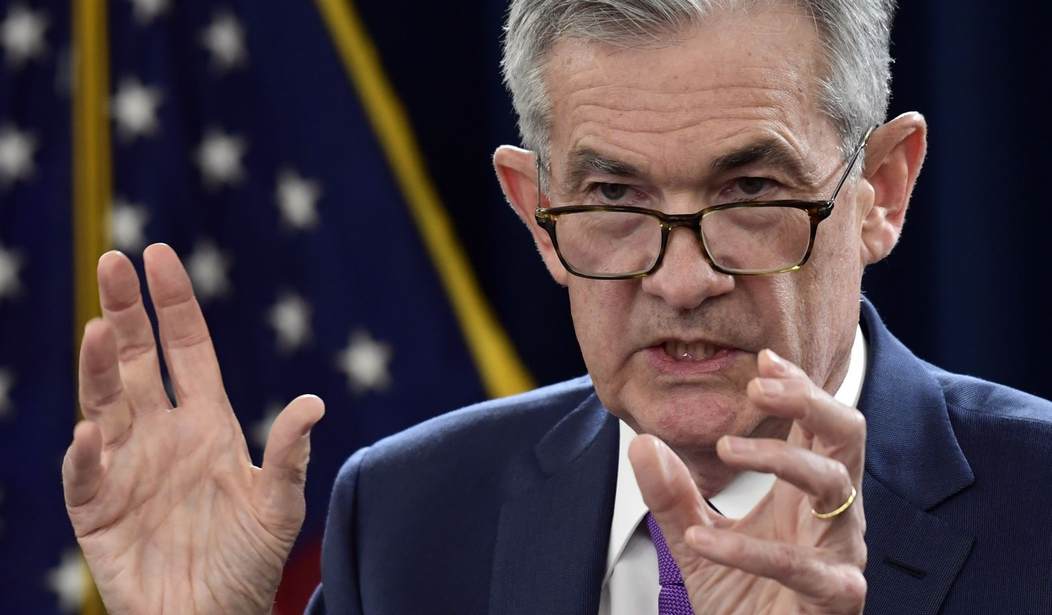


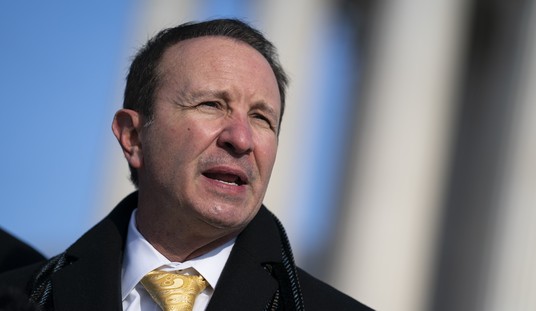
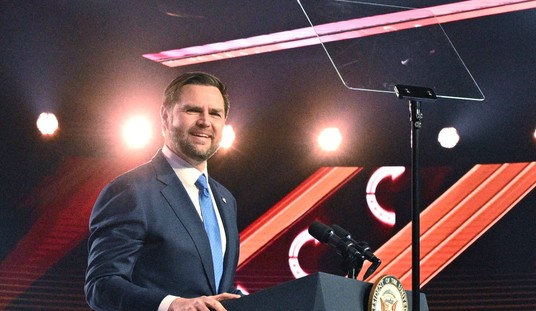
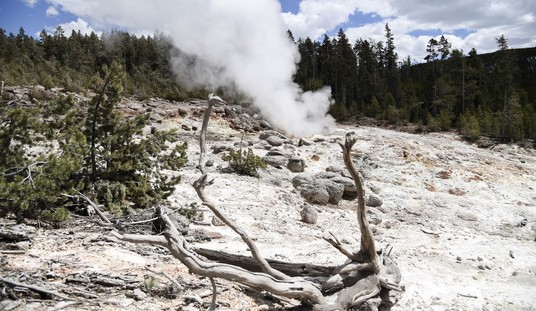

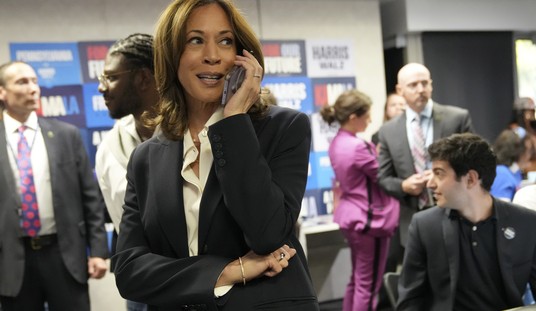
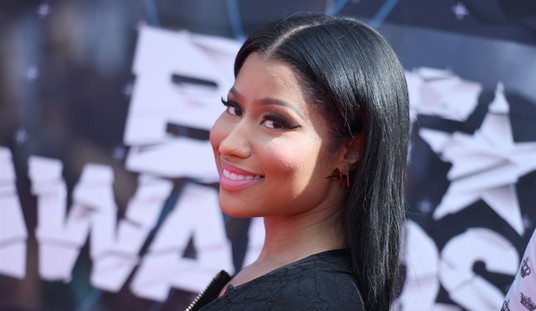

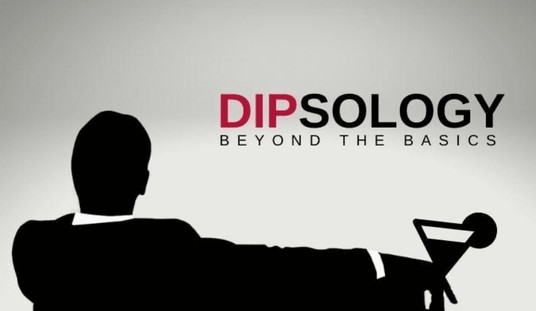
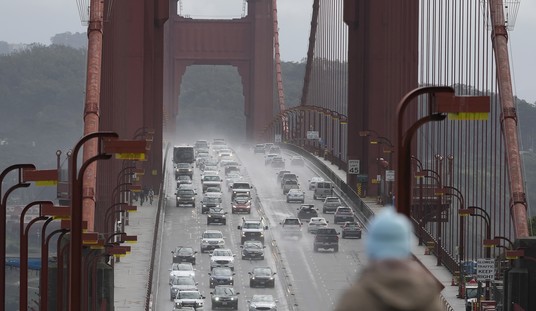
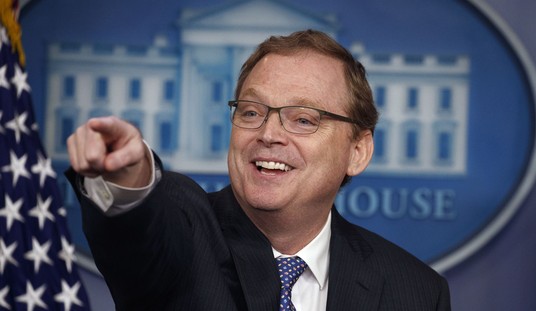
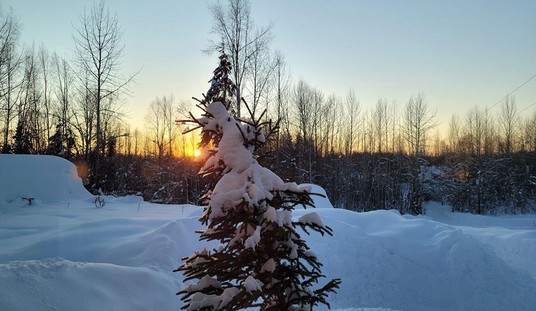
Join the conversation as a VIP Member